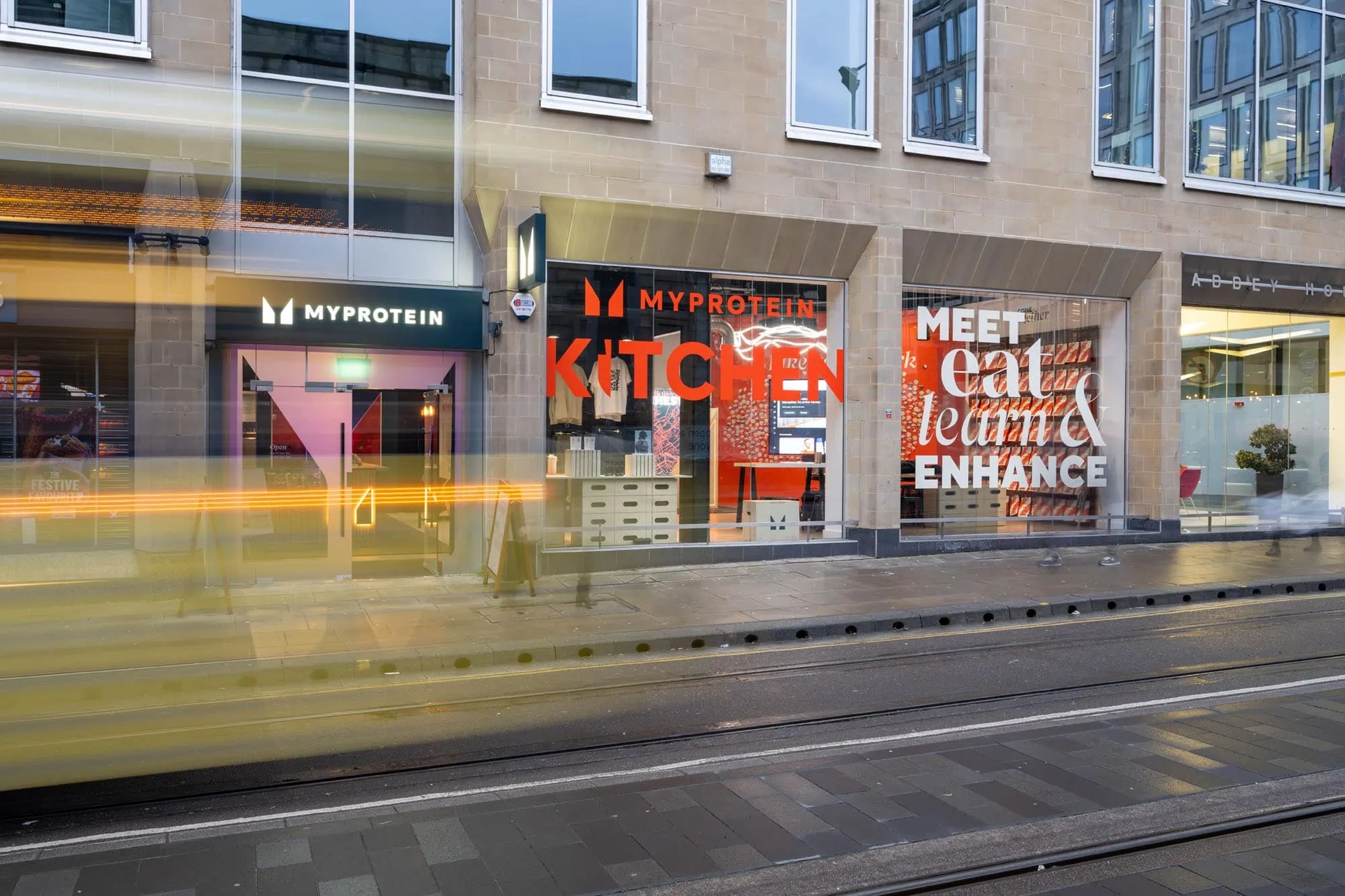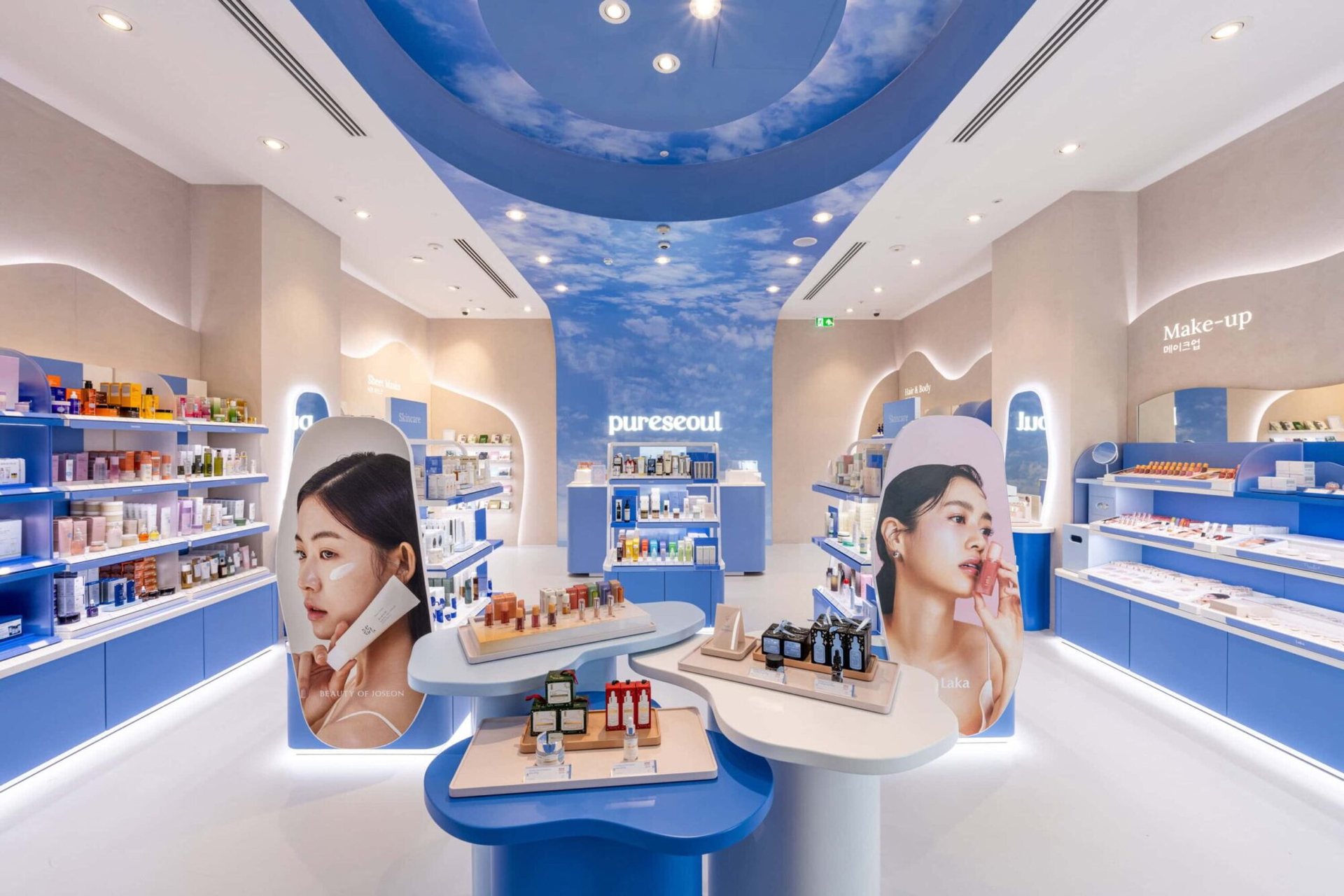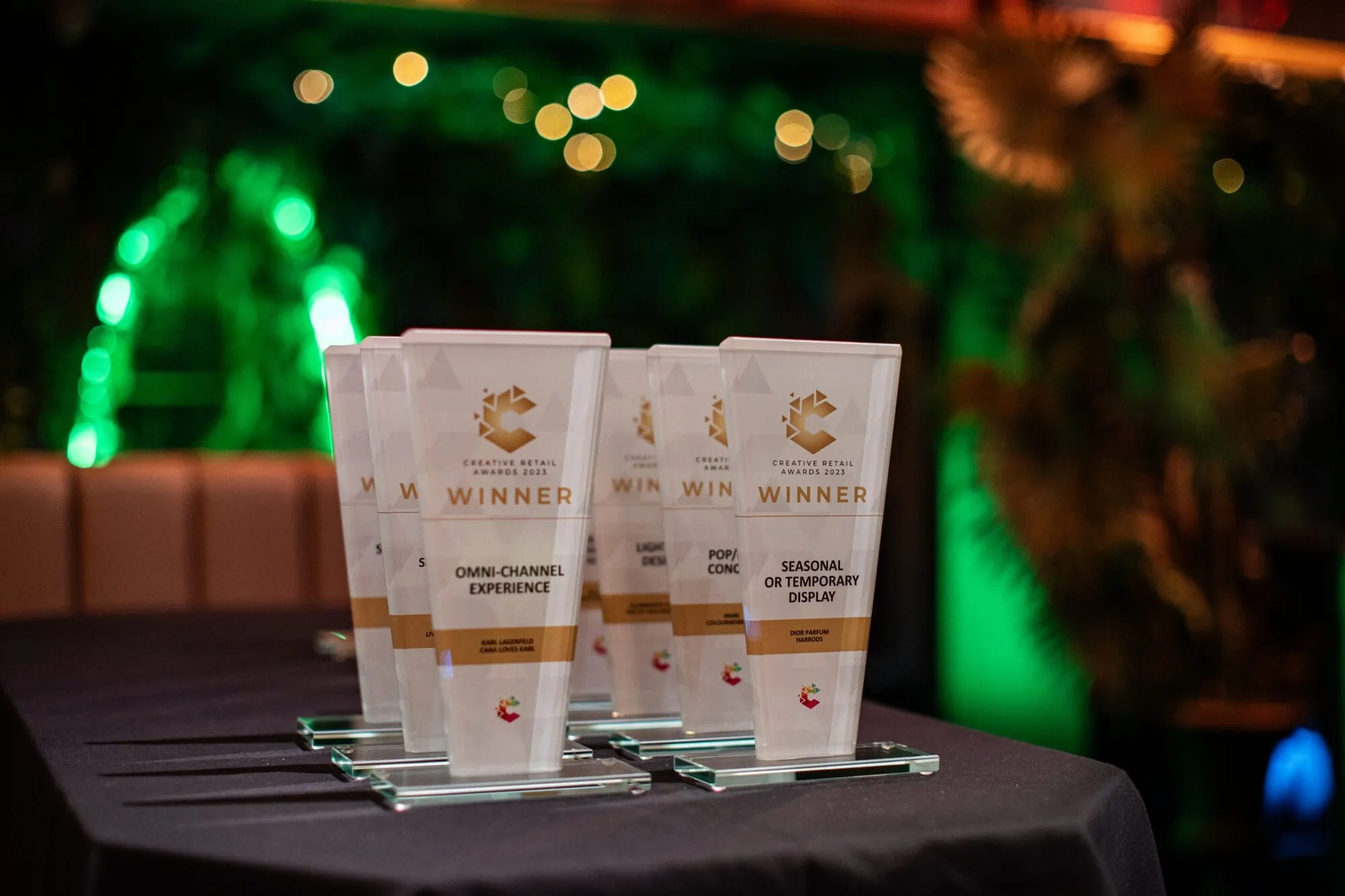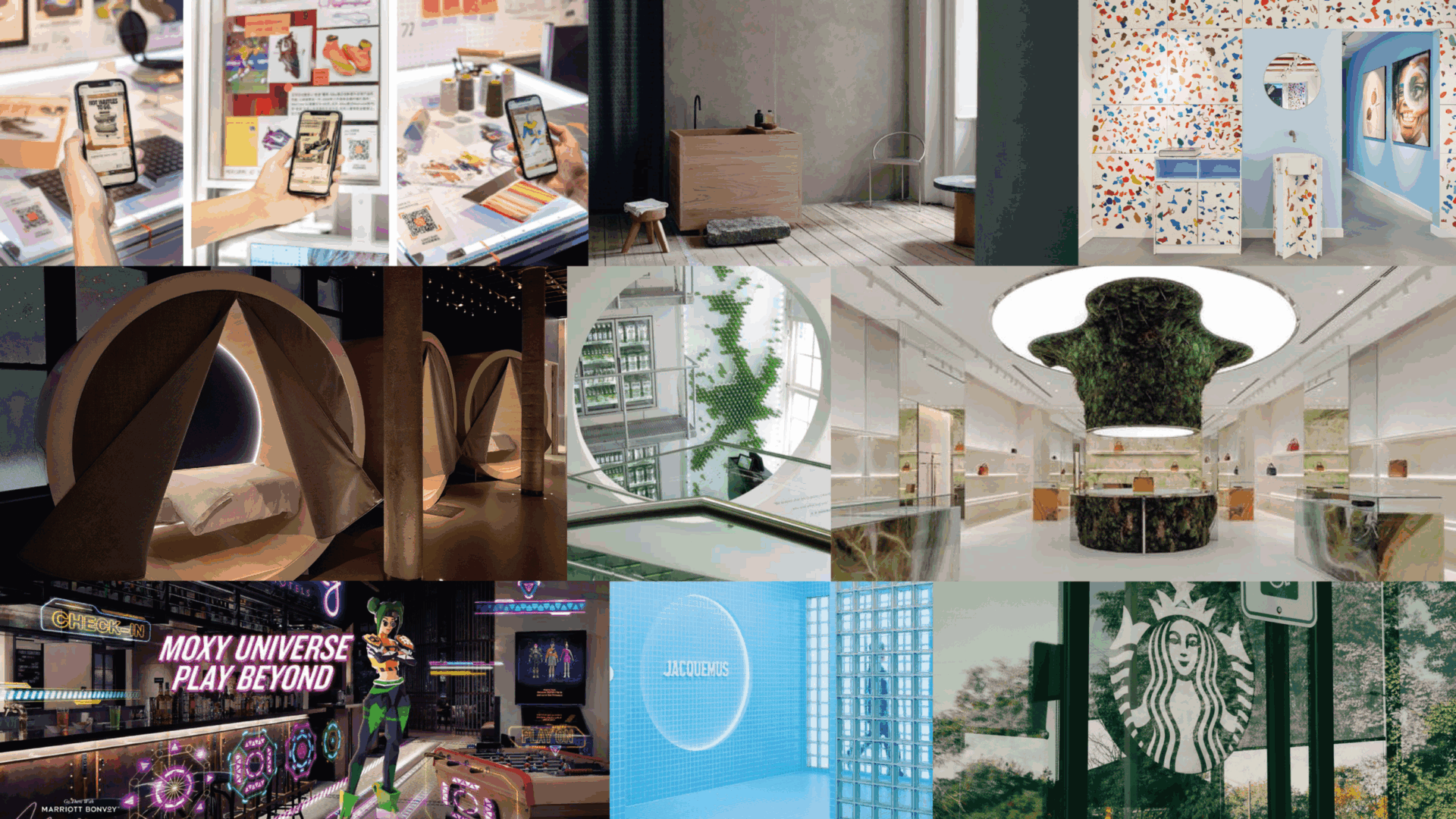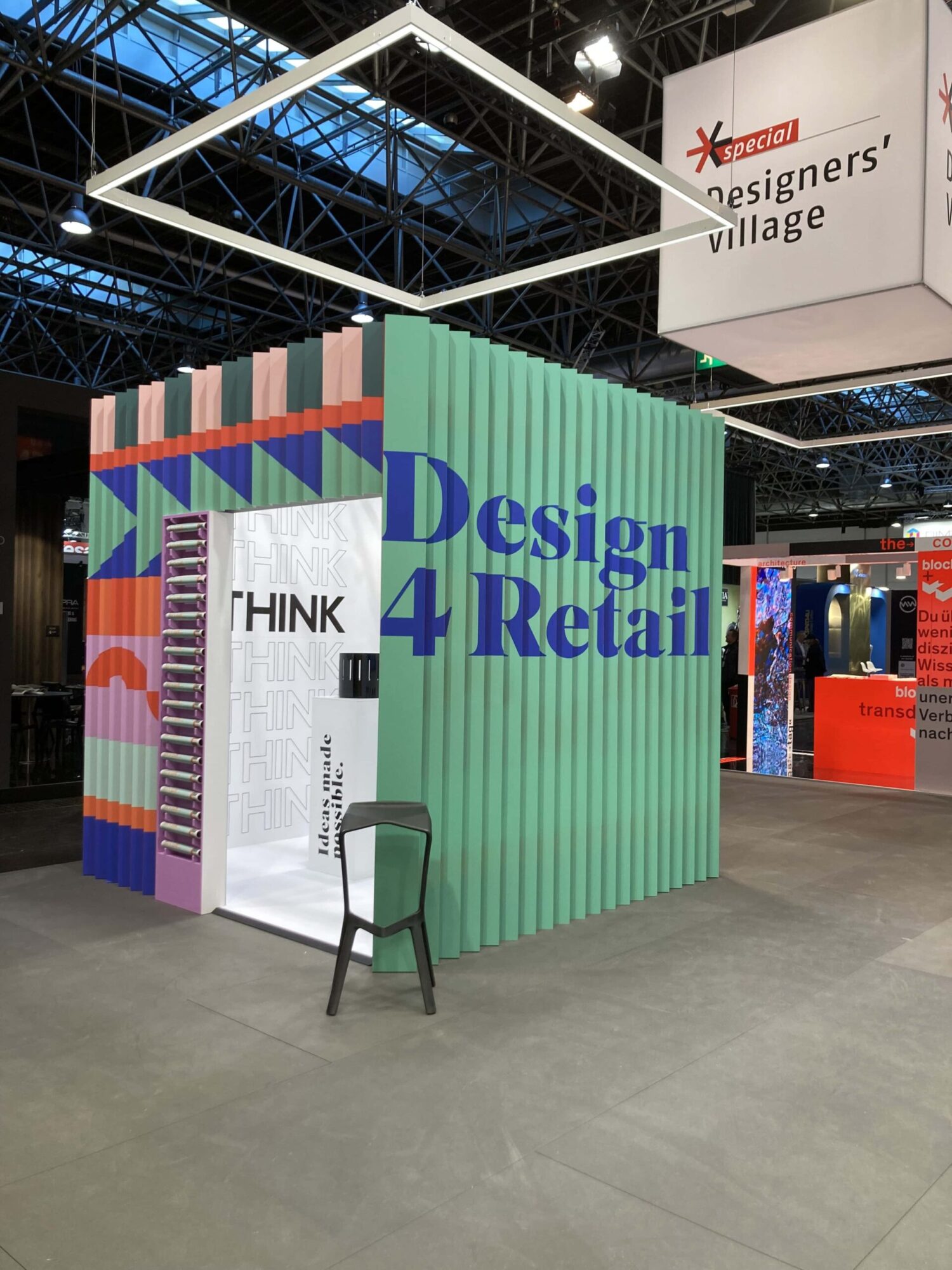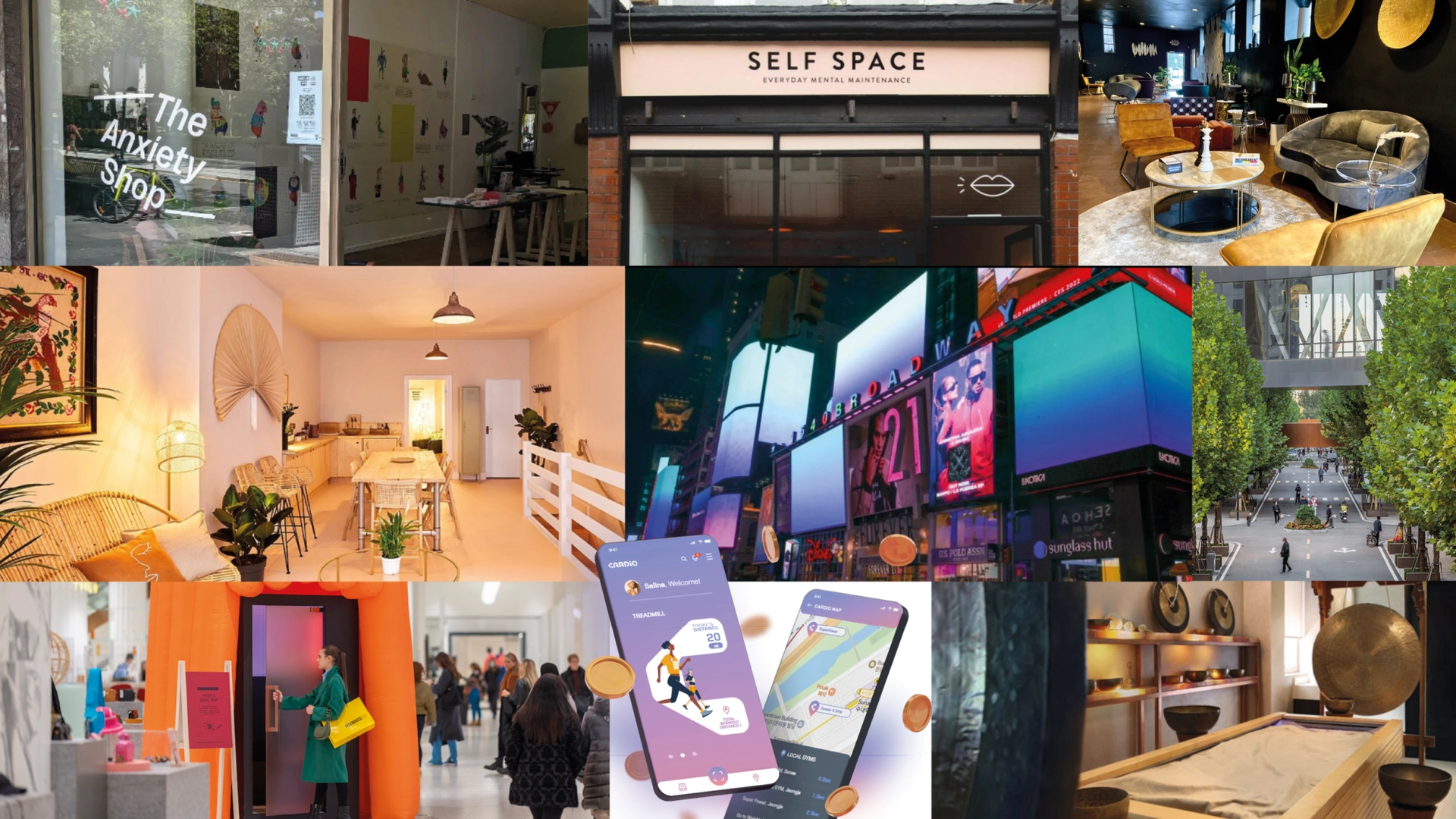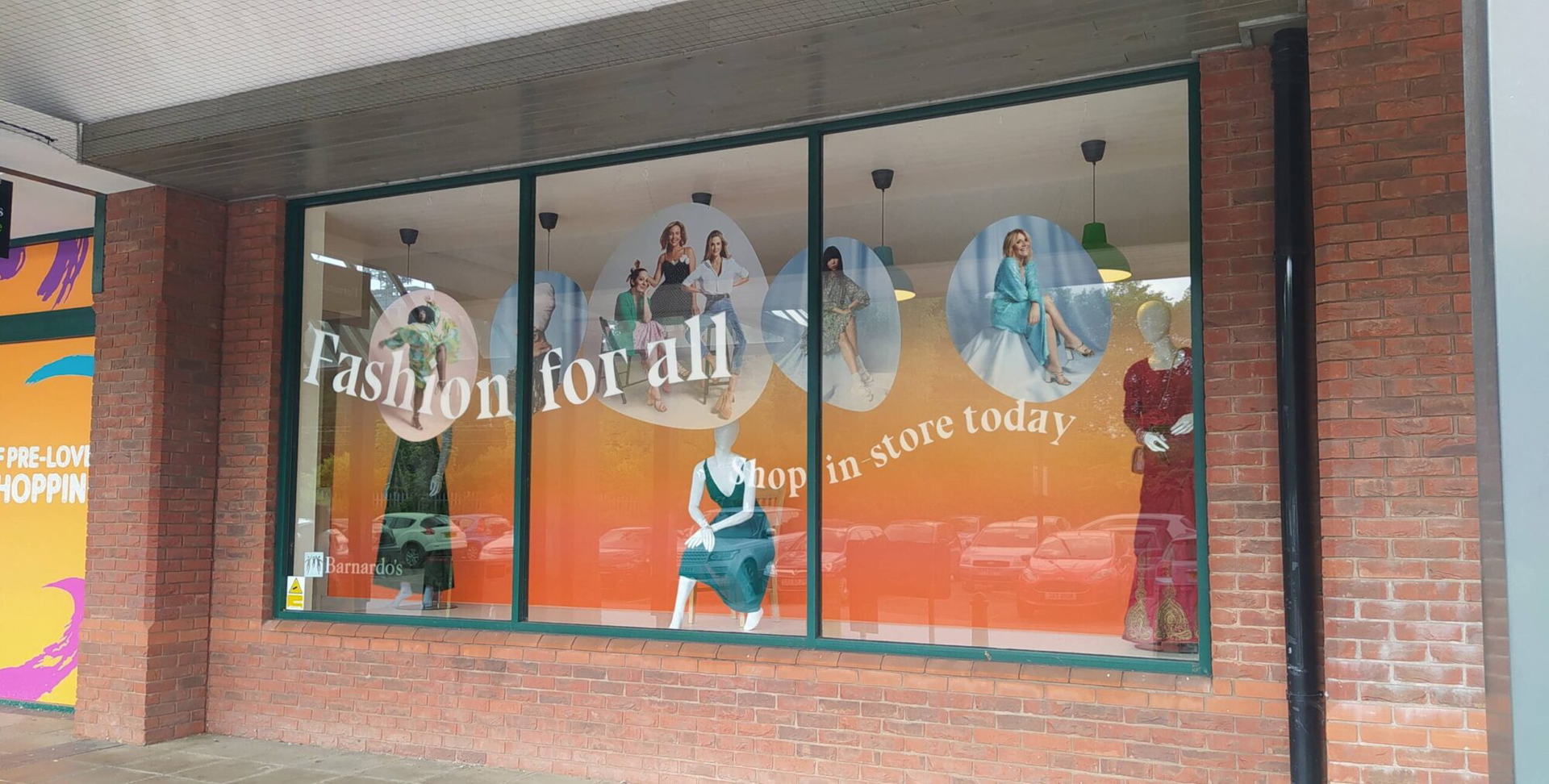Why should a brand invest in retail design?
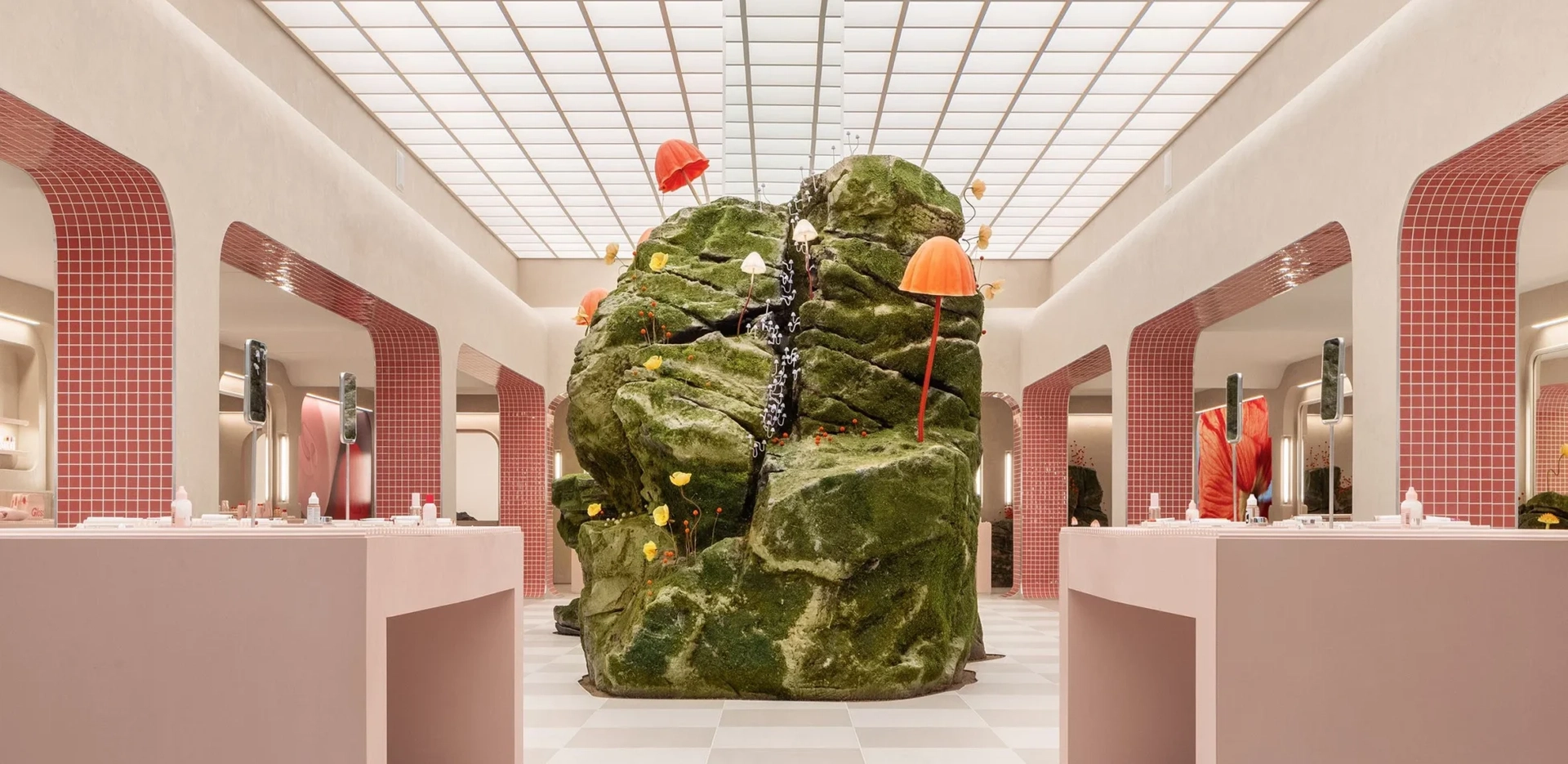
Where Identity Meets Experience: The Value of Great Retail Design
“Your store is your stage. Every design choice, every layout, every display—it’s all part of the performance.” — Debra Templar, Retail Strategist
It’s simple to believe that physical shopping is becoming less relevant in a world where everything is digital, but the statistics show otherwise. In actuality, some of the most effective brand amplifiers available are well-designed retail environments. Brands are witnessing quantifiable outcomes from immersive flagship stores to carefully planned pop-ups, including increased foot traffic, longer dwell times, higher conversion rates, and more devoted customers.
This blog examines the ways in which astute, experience-driven retail design contributes to business expansion in addition to aesthetics. We’ll demonstrate how investment in physical locations may have a long-lasting effect on your business using relevant statistics and noteworthy case studies that inspire us.
Astrid & Miyu
Jewellery brand Astrid & Miyu takes a refined, considered approach to retail store design. Their spaces feel effortless yet meticulously crafted, ensuring every store opening strengthens their premium yet approachable reputation.
Many traditional piercing shops tend to have a darker, edgier aesthetic, but Astrid & Miyu have redefined the experience. Their stores embrace soft pastels, warm lighting, and a serene atmosphere, transforming the piercing process into something inviting and calming. Astrid & Miyu’s retail strategy reflects their quick growth: in-store services like workshops and piercings have resulted to a 60% repeat visit rate (Source: Drapers), while store extensions in London have increased overall sales by 50% (Source: Retail Week). The store’s design has evolved as the company has grown to accommodate its increasing popularity, combining multipurpose areas with cozy layouts and gentle pastels.
Astrid & Miyu have further demonstrated their dedication to multipurpose design by incorporating a café within their store area. By extending its attractiveness, promoting longer dwell times, and providing value beyond the primary retail and piercing services, this calculated addition turns the business into a lifestyle destination.
[Image Credit: Astrid & Miyu]
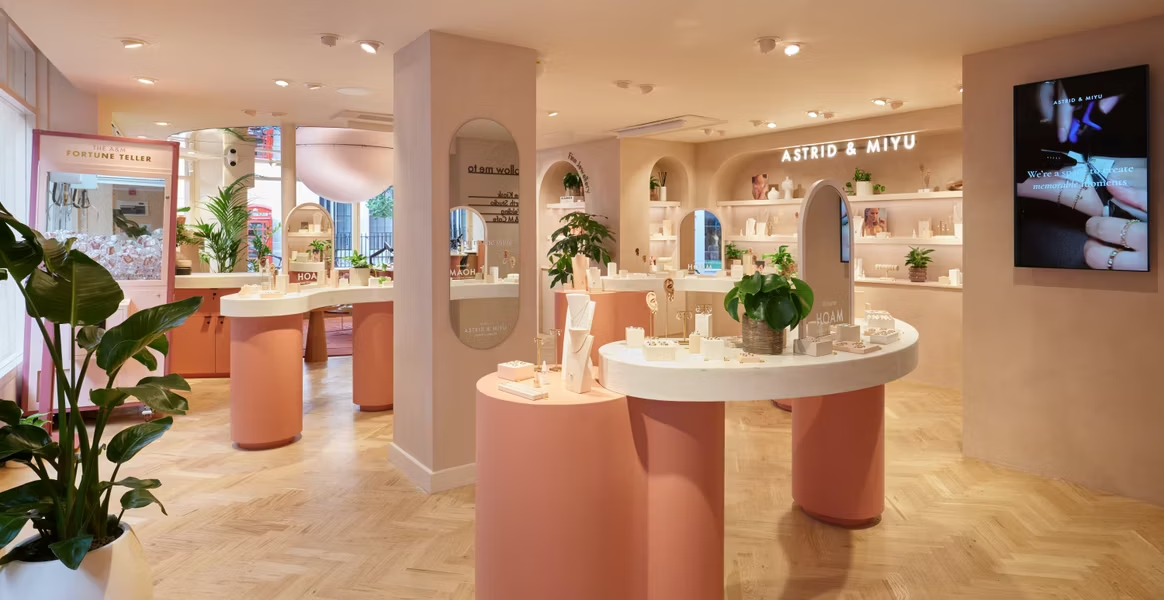
Glossier
The first UK Glossier store saw queues forming daily (Source: BBC), and It wasn’t product scarcity that drew daily queues to Glossier’s London flagship, it was the space itself. Glossier store design is retail made for the camera roll. Sleek product tables merged with soft pink walls, and lighting that encourages selfies. But it’s not just for show, as it was recorded that 70% of visitors made a purchase (Source: Retail Gazette). Glossier demonstrates that well-executed design not only reflects the brand but also boosts sales.
Experience is key in the beauty industry. Consumers want to touch, test, and see how a product works for them in real life. Online purchasing just cannot replace the vital in-person engagement that retail locations offer. These tactile experiences, such as sampling skincare textures, swatching lipsticks, or receiving tailored recommendations, increase conversion and reinforce confidence. Beyond improving the consumer experience, beauty businesses that make investments in sensory, try-before-you-buy product testing areas, also increase sales and brand reputation.
[Image Credit: Glossier]
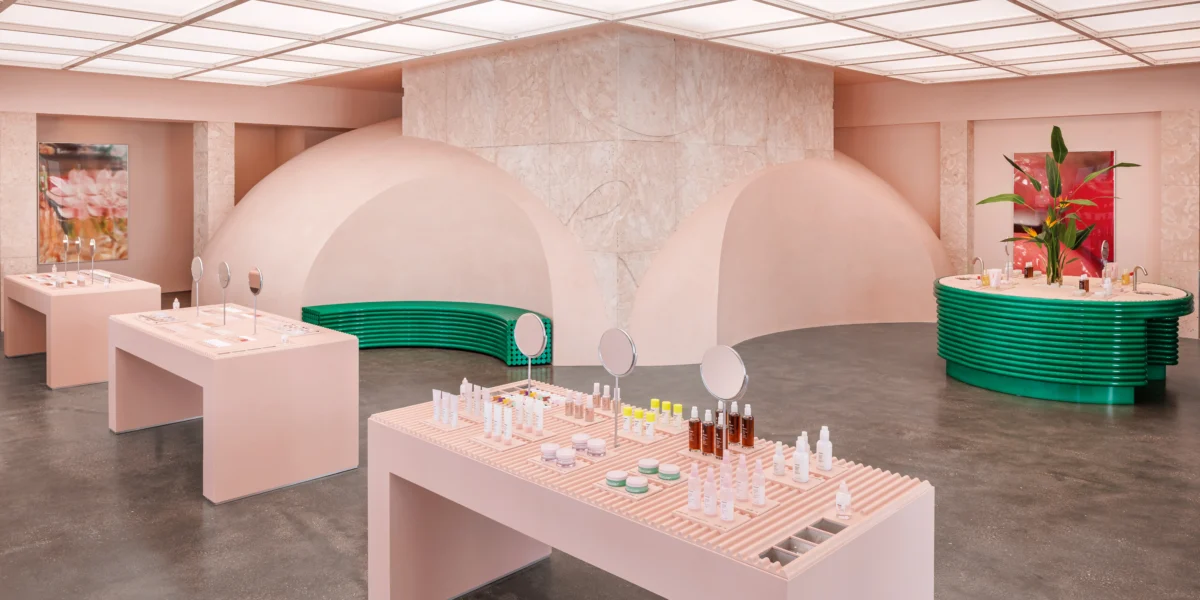
Palace
Palace’s flagship store in Seoul is much more than just a clothing store; it demonstrates how a well-designed environment can enhance brand identification and community significance. With décor modelled after traditional Korean castles, the store, which is situated in Apgujeong, Seoul’s upscale streetwear neighbourhood, combines local culture with corporate identity.
Palace’s establishment in one of Asia’s trendiest neighbourhoods, not only taps into a market but also establishes cultural legitimacy. The store serves as a tangible representation of the brand’s spirit, providing a venue for fans to congregate and get a firsthand look at Palace.
This type of retail presence strengthens brand awareness while transforming local foot traffic into media attention. Physical space investment is now a strategic decision that creates long-term equity for organisations seeking to grow or strengthen their cultural position worldwide.
Dive into our Insight Report for an in-depth look at the K-Retail landscape, featuring a socio-demographic analysis and our Top 10 standout K-Retail experiences.
[Image Credit: Palace]
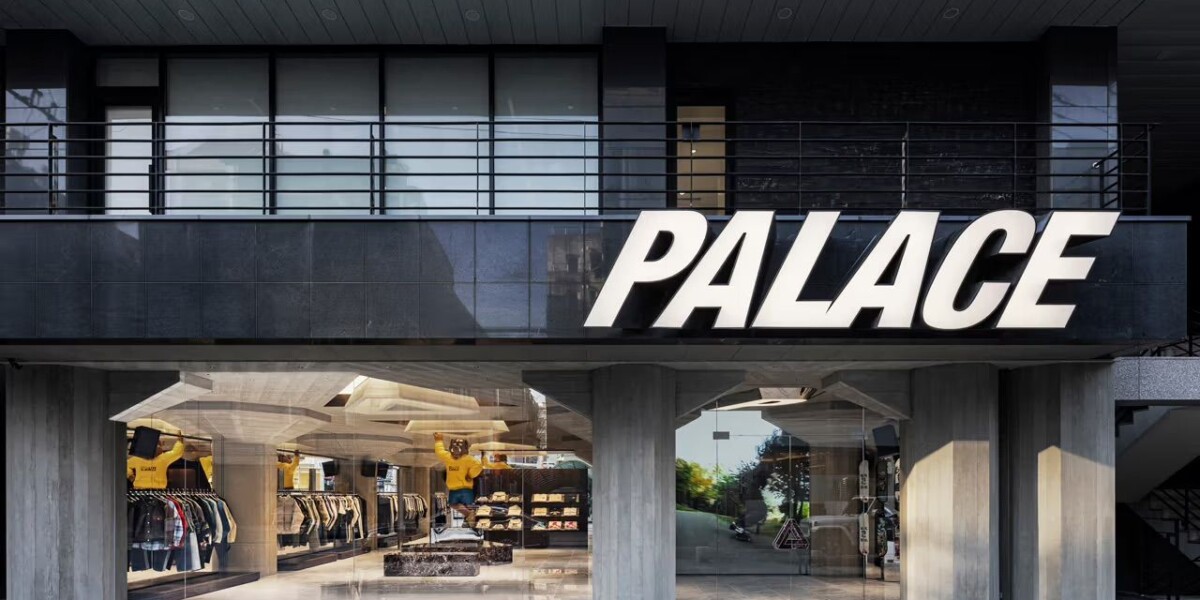
Interested in designing your dream store?
Physical stores aren’t just about selling products; they’re about reinforcing a brand’s presence in a way that sticks. Every element, from the layout to the materials, contributes to how a customer perceives and connects with a brand. Investing in well-crafted retail design ensures that every visit is memorable, meaningful, and, ultimately, commercially successful.
At Design4Retail, our experts specialise in transforming physical spaces into unforgettable brand experiences. Whether you’re reimagining your flagship store or launching your first pop-up shop, we can partner with you to craft impactful, high-performing retail spaces.

